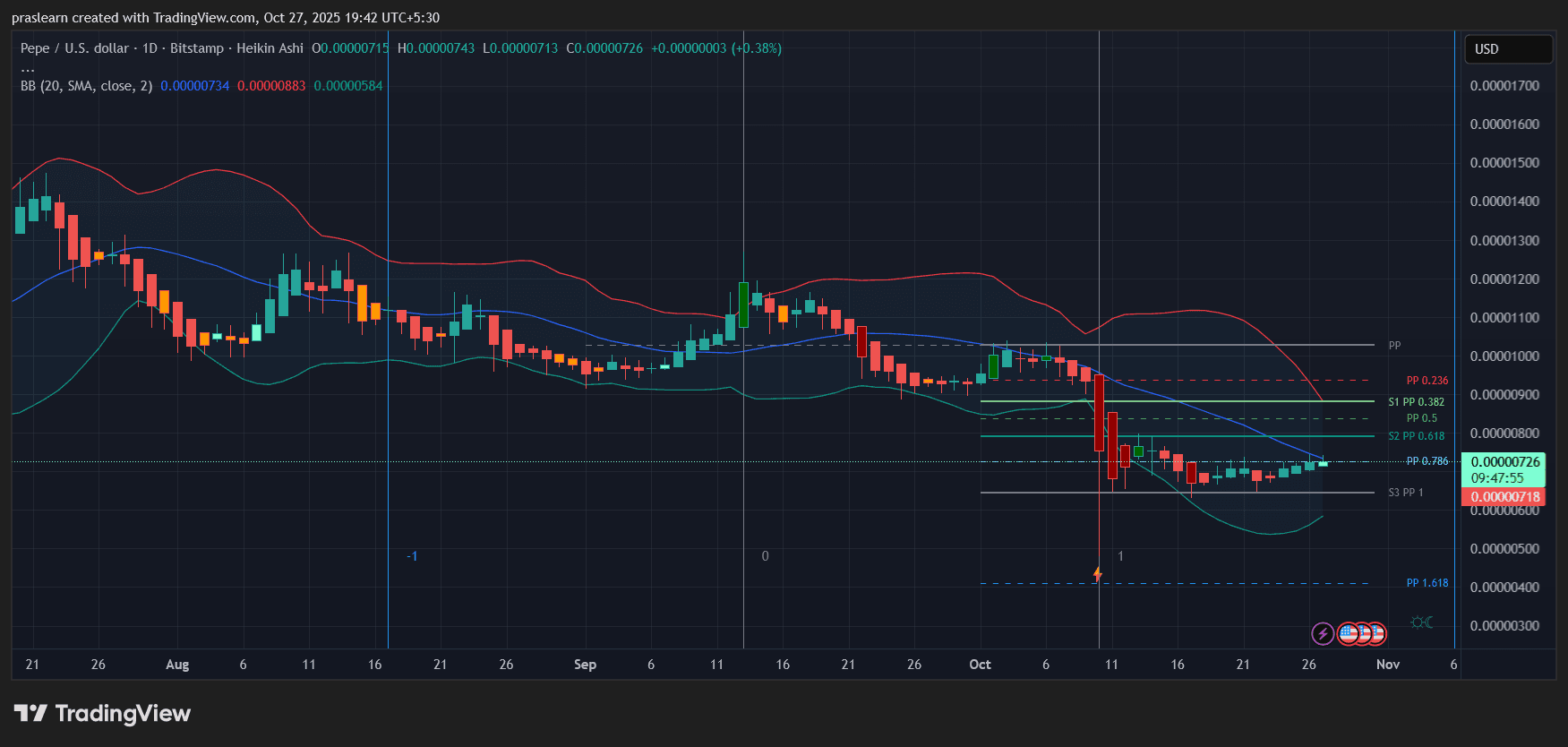How can the x402 protocol overcome the trust bottleneck to achieve mass adoption?
Author: 100y.eth
Compiled by: TechFlow
Original Title: From Hype to Adoption, What Will x402 Rely on to Break Through Next?
Key Points:
-
In the crypto industry, most new concepts typically go through three stages: hype, infrastructure building, and adoption. However, most projects fail to successfully transition from the hype stage to the infrastructure stage, thereby losing market attention.
-
x402 is a protocol developed by Coinbase, specifically designed for AI agent payments. It enables AI agents to easily complete payments and access paid resources via blockchain, without human intervention.
-
Judging from the recent hype around tokens related to x402, the protocol has already entered the hype stage. However, what sets x402 apart from other typical crypto topics is that large companies such as Cloudflare, Google Cloud, and Anthropic are actively adopting this technology, indicating that its infrastructure stage is advancing rapidly.
-
Given the potential of agentic commerce, x402 is expected to successfully enter the adoption stage. However, its bottleneck lies in changing consumer psychology and trust structures. According to research by Accenture, the biggest obstacle to the mass adoption of agentic commerce is consumers' lack of trust in AI agents.
-
Nevertheless, Gartner predicts that by 2030, the transaction volume controlled by AI agents will reach $30 trillion. Agentic commerce will thus become an inevitable and massive market in the future. This will also mark a key moment for blockchain to find its second global product-market fit (PMF) after stablecoins.
The Cycle of Hype, Infrastructure, and Adoption
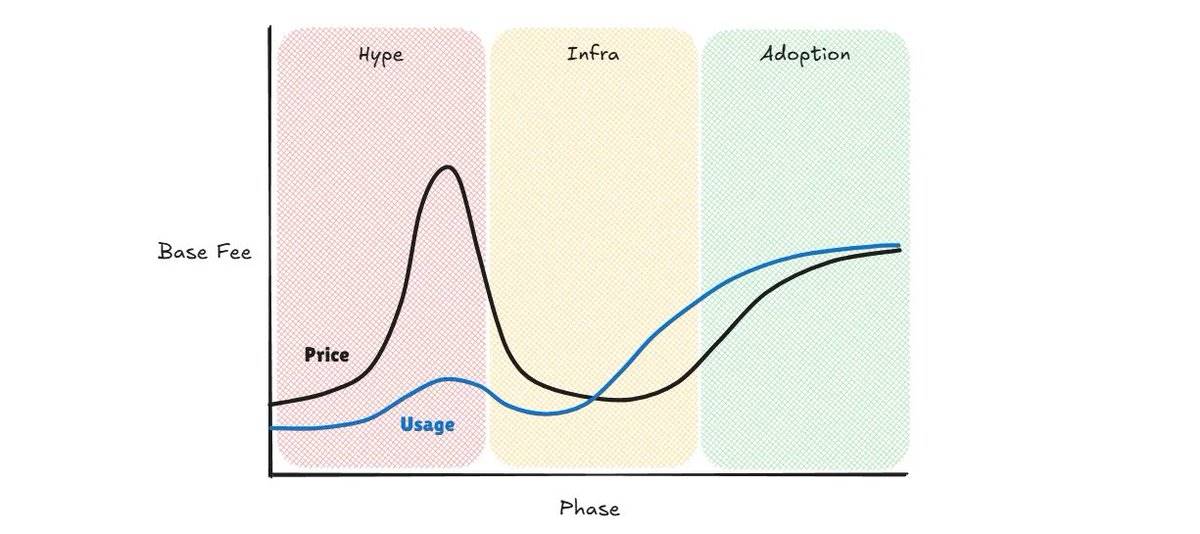
From New Concepts to Widespread Adoption
The crypto industry is a rapidly changing field. The rise and fall cycle of new concepts is often as short as a few months, with the concentration and fading of attention being even more extreme than in other industries. Overall, keywords such as NFT, gaming, metaverse, and modular blockchains have all experienced similar cycles; on a smaller scale, recently emerged concepts like "futarchy" have also briefly attracted market attention before quickly disappearing.
Due to the constant emergence of new concepts in the crypto industry, for a new concept to achieve meaningful adoption, it must overcome many obstacles. I divide this process into three stages:
Hype Stage: This is when a new concept first attracts widespread attention. At this stage, existing projects slightly related to the concept, newly launched small projects, and related meme coins often see price increases of dozens or even hundreds of percentage points. If the concept successfully transitions to the next stage, its price may remain stable, but in most cases, prices crash within weeks or months, and related projects disappear.
Infrastructure Stage: Once the potential and relevance of a new concept are proven, developers begin to build meaningful products based on the concept. Product development takes a long time—from several months to over a year—so vague or meaningless concepts often die out at this stage. However, if the concept truly has value, it will maintain stable attention during this stage, create real application scenarios, and gradually drive the growth of the entire field.
Adoption Stage: If the concept reaches this point, congratulations! In the crypto industry, only a handful of concepts have successfully entered the adoption stage, such as automated market makers (AMMs), central limit order books (CLOBs), lending protocols, staking-related protocols, and stablecoins. Concepts at this stage have proven their product-market fit (PMF), so new protocols continue to emerge, attracting large numbers of active users.
Case Studies in the Crypto Industry
So, what stage are the currently hot topics on Crypto Twitter (CT) in?
Futarchy: As mentioned above, futarchy once entered the hype stage due to a mention by Vitalik, after which its popularity faded. Recently, with Solana's ICO platform, the topic re-entered the hype stage. However, it quickly lost attention within just a few weeks. The reason is that futarchy involves extremely large-scale governance discussions, making it a concept that is difficult to achieve mass adoption without generational social change.
Decentralized Energy: Decentralized energy entered the hype stage last year when many companies received investments from Tier 1 VCs. Recently, Daylight received a $75 million investment from Framework and a16zcrypto, temporarily sparking new hype. However, market interest failed to persist. The reason is that as a field requiring physical infrastructure, the infrastructure stage for decentralized energy will inevitably take a long time.
Robotics: Robotics follows a similar pattern. As the combination of crypto and AI attracts attention, projects combining crypto and robotics, such as Openmind, raised $20 million from institutions like Pantera, igniting market interest in the robotics field. Many small and medium-sized projects and meme coins saw price surges, but mass adoption is still some way off. However, given the huge potential of combining crypto and robotics, many developers, including those at Openmind, are actively developing related products.
From these cases, it seems that the path from the birth of a new concept to widespread adoption in the crypto industry is extremely difficult.
However, a concept called x402, which has recently attracted much attention on Crypto Twitter, seems likely to quickly enter the adoption stage. So, what makes x402 different?
Can x402 Succeed?
x402 Overview
x402 is an open payment protocol developed by Coinbase, designed to enable AI agents to autonomously complete payments and transactions without human intervention. x402 allows AI agents to use stablecoins to pay for services across multiple blockchains and offers the advantage of instant settlement, avoiding complex processes such as account creation, subscriptions, or API keys.
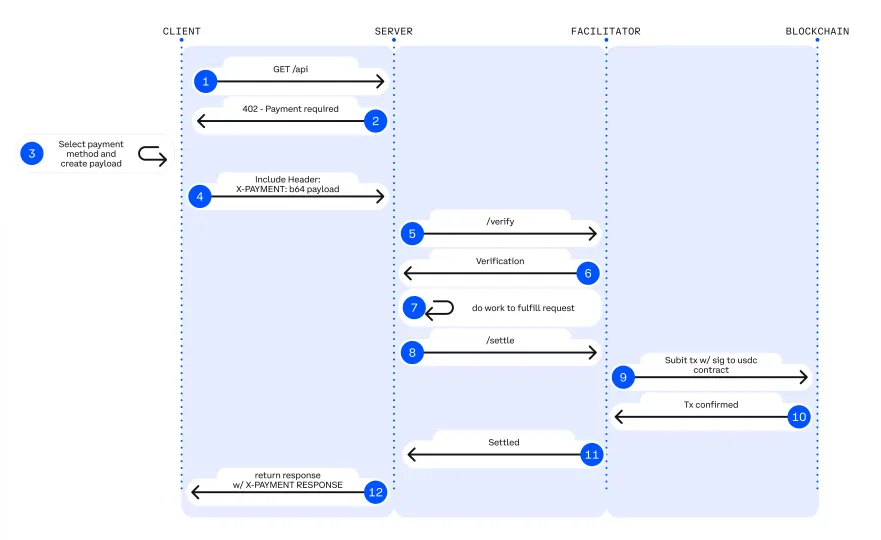
Source: Coinbase
HTTP 402 is a status code indicating "Payment Required," but it has long been rarely used. x402 leverages HTTP 402 so that when an AI agent sends an API request, the server returns an HTTP 402 status code, indicating that payment is required. After receiving this response, the AI agent pays the required amount in stablecoins. The specific process is as follows:
-
When an AI agent tries to access a paid service (such as a news article, API, or data), the server returns an HTTP 402 Payment Required status code. This response not only indicates "payment required" but also includes information such as the payment method, payment amount, and recipient (wallet address).
-
Based on the information provided by the server, the AI agent generates a transaction for the specified amount, adds a digital signature, and sends it back to the server.
-
The server passes the payment information to a "Facilitator," who verifies the payment and processes the transaction on the blockchain.
-
After the payment is completed, the server grants the AI agent access to the service.
The significance of x402 lies not only in providing a payment standard for AI agents. Since payments are made using stablecoins on the blockchain, it enables micropayments that were previously impossible, allowing AI agents to call APIs or pay for services in real time based on usage. In addition, x402 allows human users to bypass complex processes such as API key management or account creation and directly access content via micropayments.
2.2 Hype Stage
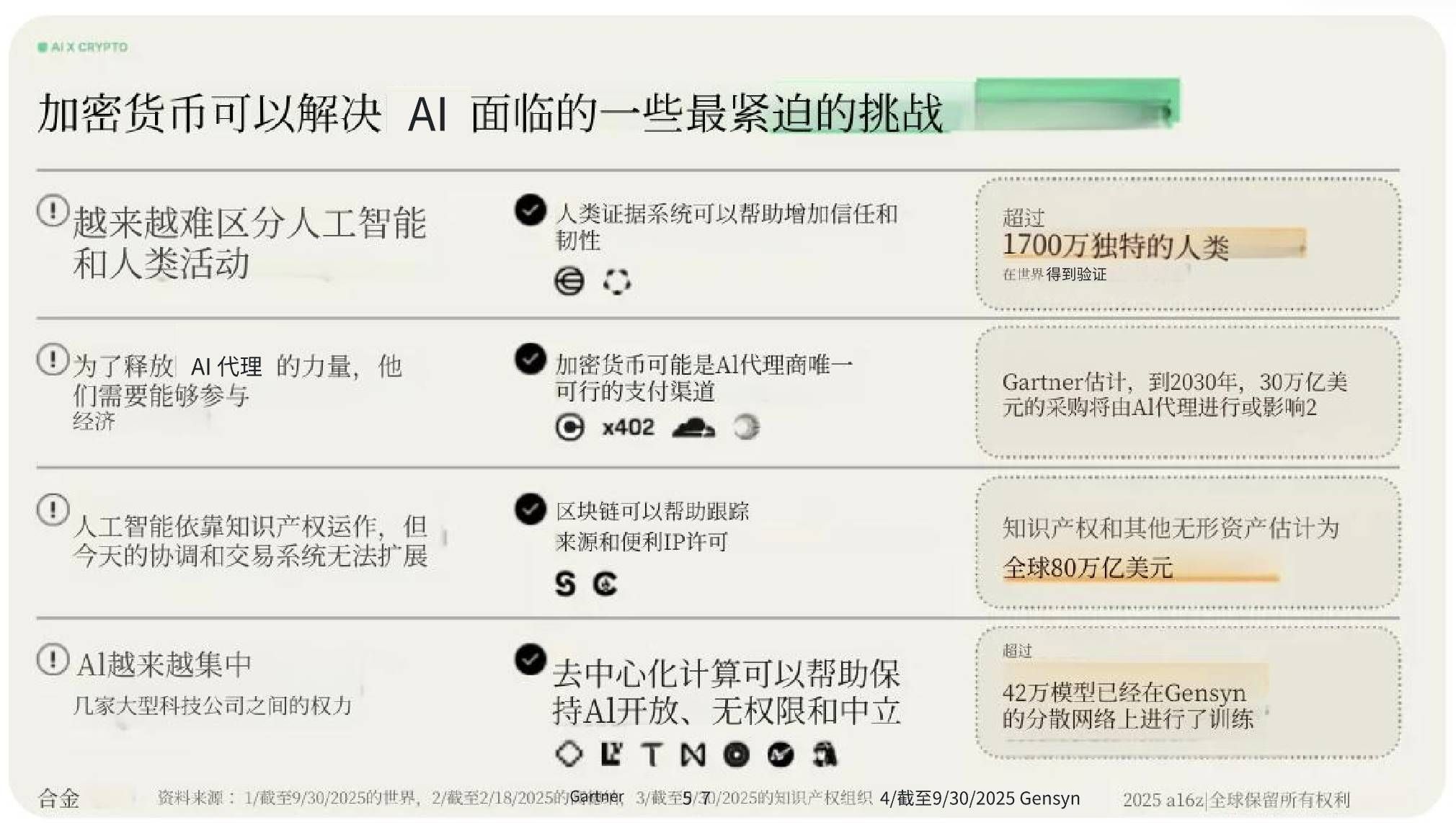
Source: a16zcrypto
x402 was first launched in May 2025, initially attracting limited attention. However, after being mentioned in a16zcrypto's "State of Crypto 2025: The year crypto went mainstream" report, x402 began to gain significant attention. According to Gartner, the agentic commerce market is expected to reach $30 trillion by 2030, and a16z points out that x402 could become the main payment channel for AI agents.
The most obvious sign that x402 has entered the hype stage is the sharp rise in the prices of related tokens. For example, the token $VIRTUAL, which reacts every time the AI agent topic resurfaces, rose by 40% in just two days, and other related tokens also saw significant price increases, as shown in the chart below.
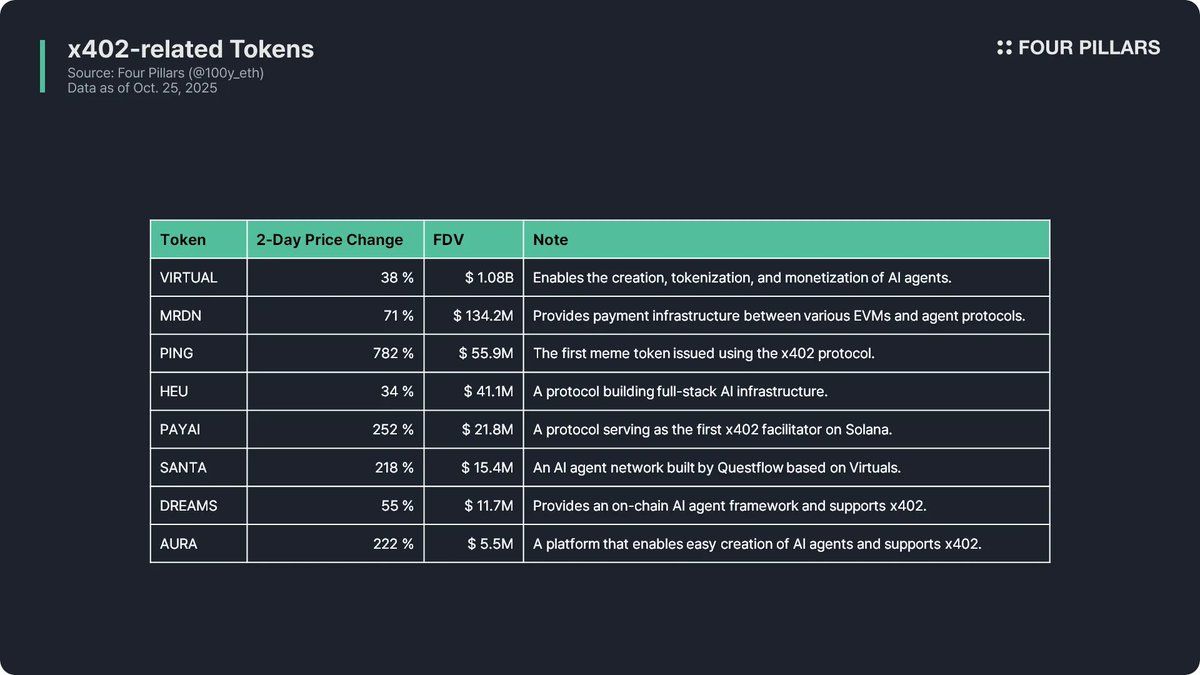
This makes x402 look like another typical crypto concept—hollow, superficial, and driven only by hype. Indeed, many new crypto concepts appear in a similar way: after triggering price surges in small projects and meme coins, they quickly disappear.
However, what sets x402 apart from other topics is:
-
The high relevance of the AI agent payment theme: This concept is not only significant in the crypto field but is also highly regarded in the broader AI industry, giving it huge potential.
-
The active attention and adoption by many Web2 companies: These factors indicate that x402 may not remain in the hype stage for long but is likely to quickly transition to the infrastructure stage.
Infrastructure Stage
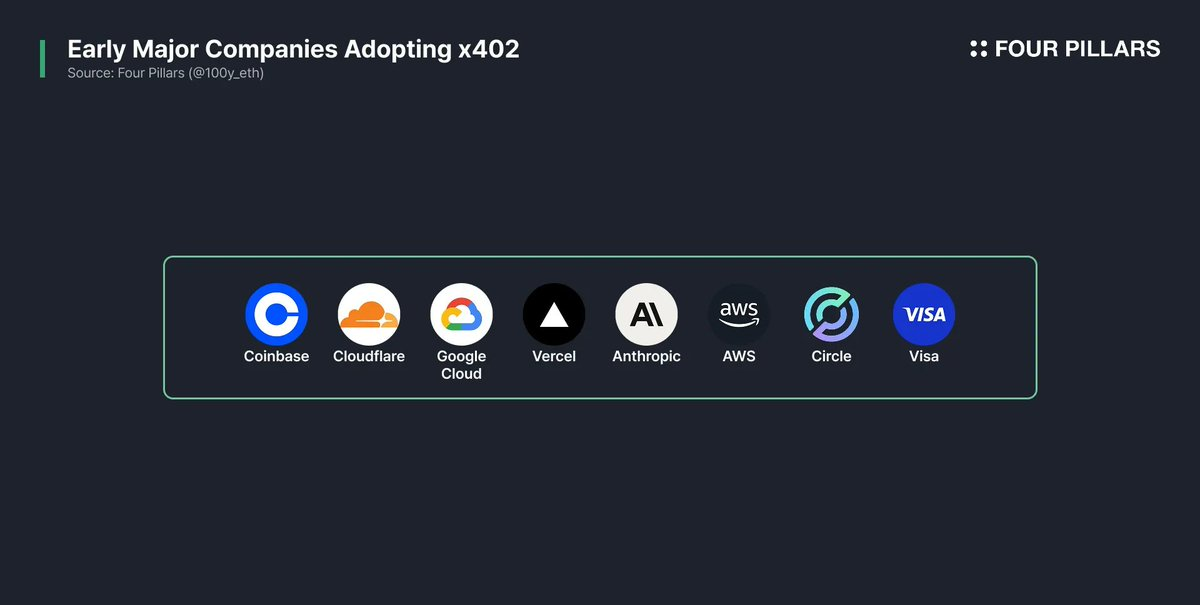
Currently, x402 is in both the hype and infrastructure stages. In fact, before x402 entered the hype stage, many Web2 and Web3 companies had already begun building infrastructure for x402 and actively integrating it into their own services. Therefore, more accurately, x402's starting point is the infrastructure stage.
Interestingly, unlike typical crypto narratives, x402 has attracted the attention of many large Web2 tech companies, and these companies are actively adopting the protocol. This phenomenon, which bridges the gap between Web2 and Web3, makes x402 particularly special in the crypto industry.
Cloudflare
Cloudflare is a company that provides internet infrastructure and security solutions. Recently, the company launched the "Agents SDK" service to help developers easily create and deploy AI agents, as well as "Workers AI," an environment for running AI model inference.
Cloudflare co-founded the x402 Foundation with Coinbase and is very active in the x402 ecosystem. Cloudflare supports x402 in its "Agents SDK" service, enabling AI agents to easily make online payments.
Notably, Cloudflare recently launched a USD stablecoin called NET Dollar, designed specifically for AI agents. AI agents built with the "Agents SDK" are expected to use x402 and NET Dollar for agentic commerce activities.
Vercel
Vercel is a cloud platform company aimed at helping developers quickly build and deploy web applications. Vercel recently launched services such as "Vercel AI SDK" and "Vercel MCP," enabling developers to easily build and deploy AI agents and access projects via MCP.
In September this year, Vercel released x402-mcp, allowing AI agents to automatically handle payment transactions when accessing paid APIs or resources via MCP.
Google Cloud
Google Cloud previously launched the A2A protocol, which enables AI agents to communicate and collaborate with each other. The A2A protocol includes an extension called AP2 (Agentic Payments Protocol), allowing agents to autonomously complete payments. x402 is integrated into this system as the payment engine for AI agents to conduct actual transactions.
Anthropic
Anthropic is a well-known AI company whose Claude LLM supports users in building AI agent services. Anthropic has also launched an open-source standard protocol called MCP, which defines how AI models access external tools and data. Claude MCP supports x402, enabling Claude to automatically handle payment transactions when accessing paid MCP tools.
Visa
As the world's largest card payment network, Visa recently announced the launch of the "Trusted Agent Protocol," jointly developed by Visa and Cloudflare. This protocol is used to verify whether AI agent requests in agentic commerce activities are trustworthy and supports payments via x402.
Others
According to Coinbase's announcement, other companies such as Circle and AWS are also collaborating with x402.
In addition to companies and protocols adopting x402, some developer-friendly tools have recently emerged, such as x402scan. This explorer tool can visualize servers, transactions, and payment processes using x402, allowing users to see which services are making payments through which intermediaries and on which networks.
As the x402 ecosystem continues to expand, more companies and tools are expected to join, further enriching and developing the entire ecosystem.
Can x402 Enter the Adoption Stage?
3.1 Challenges to Entering the Adoption Stage
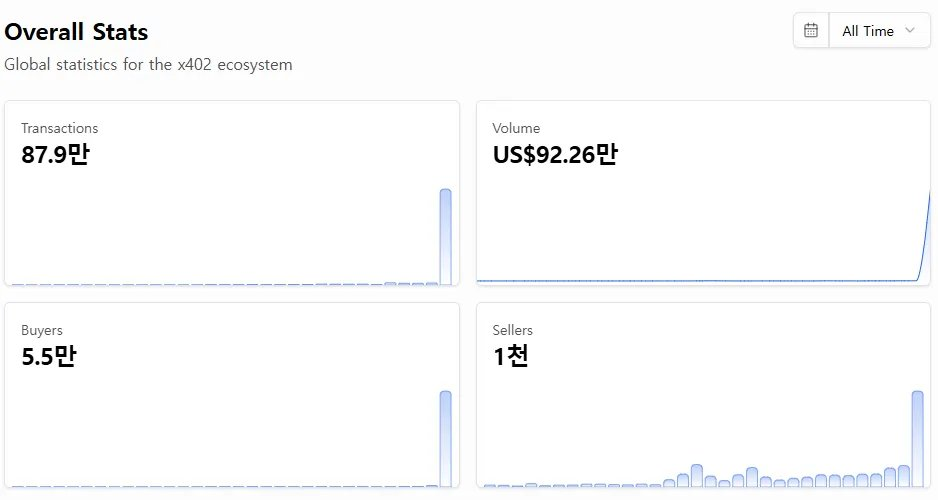
Source: x402scan
Judging from the sharp rise in related token prices and the adoption of x402 by many large companies, x402 seems to have entered the hype and infrastructure stages. However, whether x402 can step into the adoption stage remains an open question.
According to data from x402scan, there are currently about 55,000 buyers who have sent 879,000 transactions to about 1,000 sellers. These numbers look impressive, but the total transaction volume is only about $923,000. This shows that x402 still has a long way to go before reaching the adoption stage.
Conditions for Entering the Adoption Stage
What conditions does x402 need to meet to enter the adoption stage? One of the most frequently mentioned factors is consumer psychology and trust structure. Even as someone writing about x402, I can accept AI agent recommendations in commerce, but I still hesitate to fully trust them to handle my funds.
Even the latest LLMs (large language models) sometimes provide incorrect information or suboptimal answers. From a psychological perspective, it is difficult for consumers to trust AI agents based on these models to handle payment transactions. In fact, according to a survey by Accenture of financial institutions, 87% of respondents believe that customers' lack of trust in AI payments is a problem, and 78% are concerned about unauthorized payments or fraud involving AI bots.
The second factor is the current state of enterprise infrastructure. According to Accenture, 85% of financial institutions report that their existing legacy systems are not suitable for handling large-scale agent payments. In particular, the lack of systems to deal with fraudulent transactions in agent payments is one of the main barriers to entering this field.
Overall, for x402 to enter the adoption stage, companies need to build systems optimized for agentic commerce and cultivate consumer trust in these systems. However, whether it is developing such infrastructure or changing consumer psychology, it will take a lot of time, so x402 may take longer than expected to reach the adoption stage.
What Does This Mean for the Blockchain Industry?
According to Gartner's forecast, by 2030, AI agents will influence $30 trillion in purchasing behavior. Although the AI agent payment market is still in its early stages, it is encouraging that x402 seems to be establishing itself as the industry standard. This is consistent with the fact that major IT companies such as Google, Anthropic, and Cloudflare are adopting x402 for AI agent payments.
So, as x402 becomes more active, what can the crypto market expect? A highly likely prediction is that the recent surge in the prices of tokens related to x402 may be difficult to sustain in the long term. Since the rise of the crypto and AI fields, this concept has gradually evolved into a meaningful sector, with several new projects emerging. However, many small project tokens and meme tokens that soared during the initial hype stage have performed disappointingly over time.
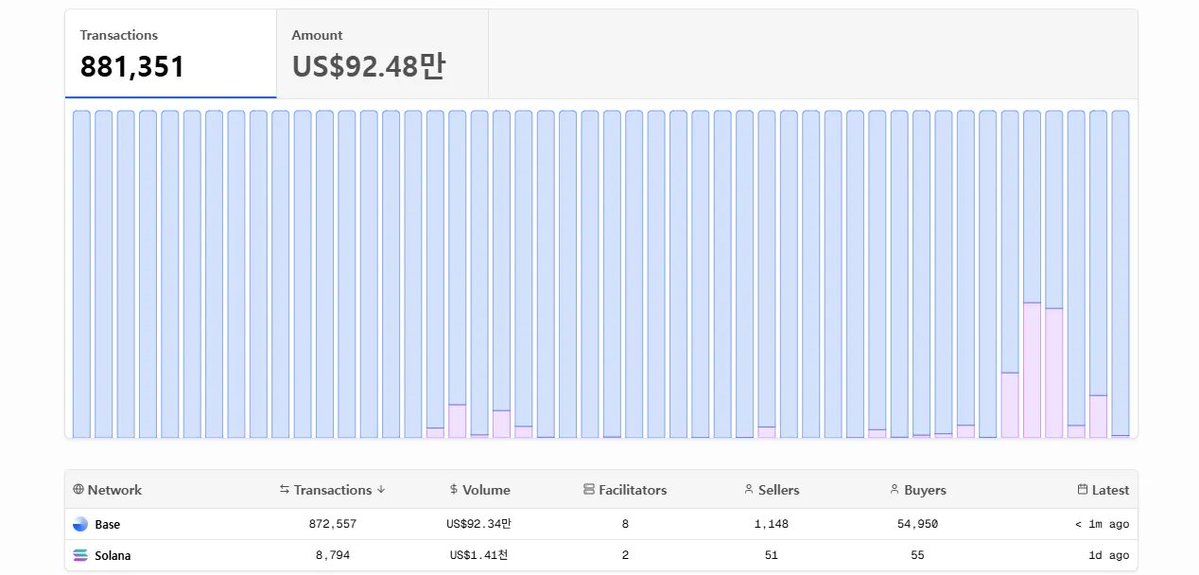
Source: x402scan
A clear added value that x402 brings to the blockchain industry is that all AI agent payments will be conducted on blockchain networks. Currently, most transactions occur on the Base network, with some on Solana, but x402 is designed to be blockchain-agnostic, meaning it can be used on any network. This suggests that as the x402 ecosystem expands, payments will occur across multiple networks—not just Base and Solana, but driven by the supply and demand of buyers and sellers.
Agentic commerce represents an inevitable and massive market in the future, and all payments will ultimately circulate on the blockchain via x402. This will mark the moment when blockchain finds its second global product-market fit (PMF, Product-Market Fit) after stablecoins.
Disclaimer: The content of this article solely reflects the author's opinion and does not represent the platform in any capacity. This article is not intended to serve as a reference for making investment decisions.
You may also like
Ethereum price forecast: ETH eyes $4,500 amid bullish momentum

Hyperliquid price forecast after rejection at the 38.2% Fibonacci retracement level
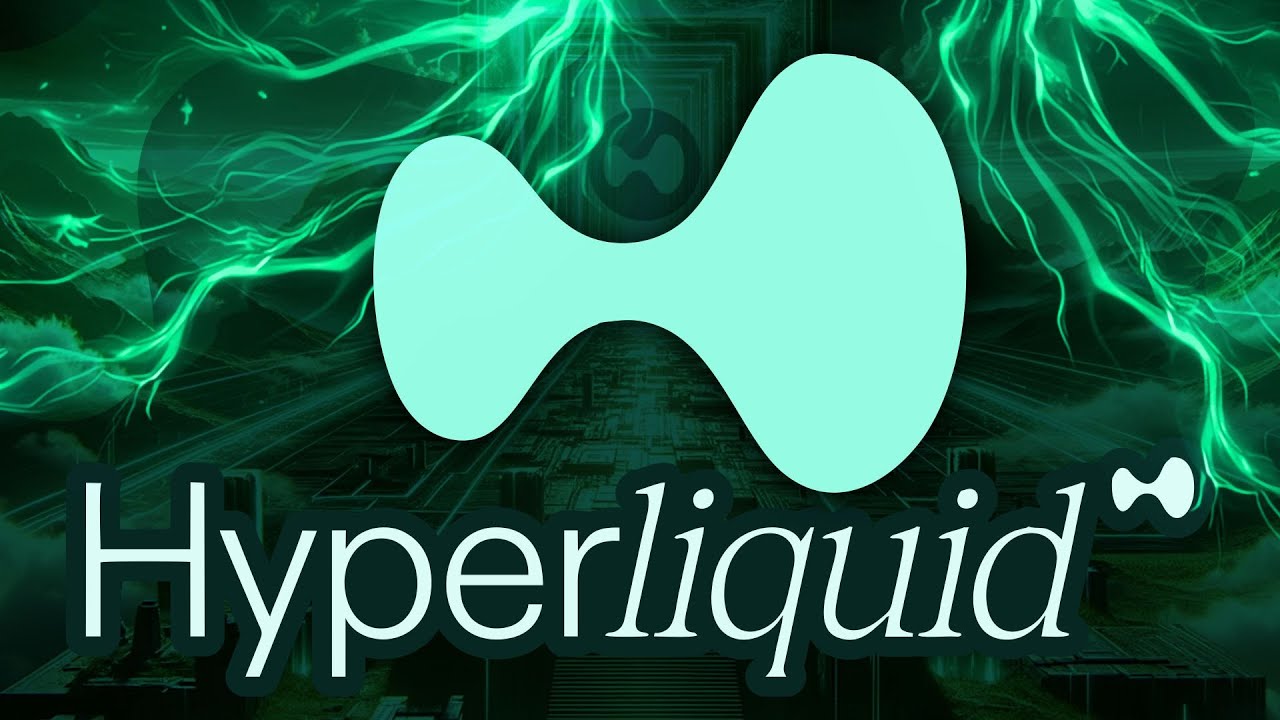
Solana boost as Reliance adds SOL to treasury holdings
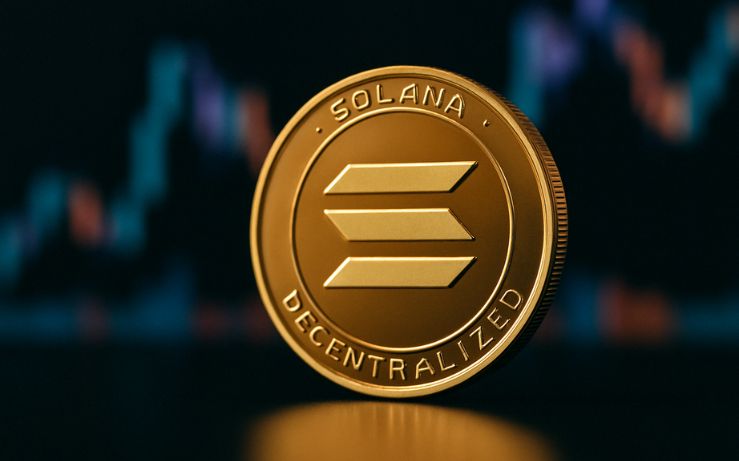
Is PEPE Gearing Up for a Comeback Rally Amid Wall Street’s Tech Frenzy?
